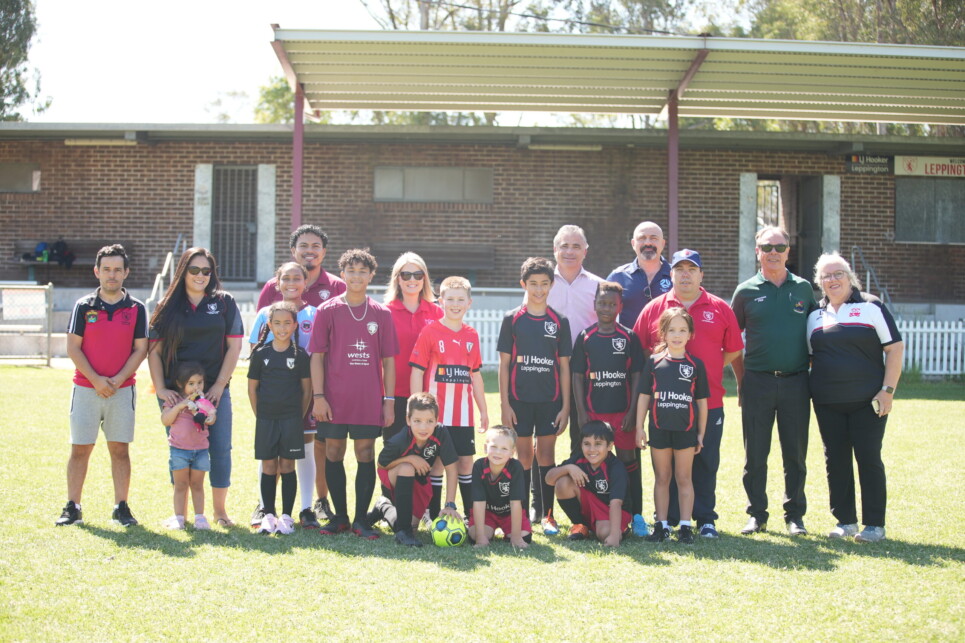State Member Federations Join Forces to release NSW Football Infrastructure Strategy

A state-wide Infrastructure Strategy, designed to address the need for significant investment in facilities over the next 10 years, was today launched by Football NSW and Northern NSW Football.
As the Premier today opens Stage 2 of the Lake Macquarie Regional Football Facility, nominated as a team base camp for the 2023 Women’s World Cup, Football NSW and Northern NSW Football have begun work on a strategy to upgrade crucial infrastructure across the state including lighting, pitches and changing facilities.
With the numbers of young children taking up football rising by a fifth in just six years, the 2023 FIFA Women’s World Cup is expected to spark an even greater surge of demand for football facilities – many of which are already bursting at the seams.
More than 270,000 people play football at 1000 clubs on 2250 playing fields across NSW, but half of those pitches have poor drainage. Well over 1000 are rated as moderate to poor quality, while four in five dressing rooms are not suitable for female participants.
The numbers of women and girls playing football has risen by 11% in the past year alone, and the Infrastructure Strategy is a bid to ensure future growth can be catered for successfully.
The strategy – Better Facilities, Connected Communities aims to ensure existing venues can be used at full capacity, with inclusive facilities, through proper planning for future growth via partnerships with government at all levels and industry partners.
Football NSW CEO Stuart Hodge said a strategy for the next decade across New South Wales is needed to address the unprecedented increase in participation, up 20% since 2014.
“Identifying and understanding the infrastructure required to support and sustain community football over the coming decade is imperative to our communities,” Hodge said.
“The NSW Football Infrastructure Strategy was commissioned in response to an independent audit of almost 1000 community football facilities, comprising 2200 individual pitches throughout 2018 and 2019.
“The audit identified the acute need for investment in football facilities to ensure the game has the capacity to cater for the projected boom in participation, particularly following the announcement that Australia will co-host the 2023 FIFA Women’s World Cup.”
The strategy aims to address a number of critical challenges facing the game including capacity of grounds, inappropriate lighting, aging infrastructure, quality of playing fields, and a lack of inclusive changerooms.
Northern NSW Football CEO David Eland said the acute need for investment in facilities which meet the specific needs and expectations of females is crucial given the exponential growth in the number of women and girls playing football.
“Female participation in football continues to exceed expectations and will only increase amidst the excitement of the 2023 FIFA Women’s World Cup.”
“Developing new facilities and improving existing infrastructure which ensures that the nation’s largest club-based sport is inclusive is crucial.
“This strategy will be central to the NSW 2023 FWWC Legacy Strategy, which will be developed in conjunction with Football Federation Australia and the NSW Government to ensure football has the capacity to embrace thousands of new female participants inspired by the exploits of the mighty Westfield Matildas on home soil.”
The overarching strategy will be complemented by 26 local facilities strategies encompassing each of the member federations’ associations and zones.
Click here to view the official state-wide Infrastructure Strategy.




